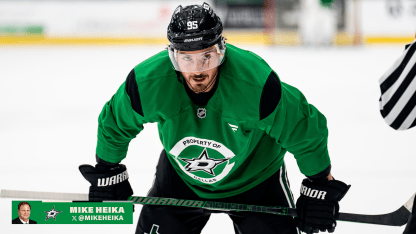Stars look to get special teams humming as regular season opener nears
Dallas was fifth in the league on the power play two seasons ago at 25.0 percent but saw that slip slightly last season to 24.2 percent and sixth place

Dallas was fifth in the league on the power play two seasons ago at 25.0 percent but saw that slip slightly last season to 24.2 percent and sixth place
